Search
Search Results
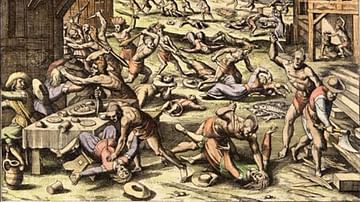
Image
Indian Massacre of 1622
Indian Massacre of 1622. A colorized version of a woodcut by Matthaeus Merian published along with Theodore de Bry's earlier engravings in a book on the New World, 1628. The engraving shows the 1622 massacre when Powhatan Indians attacked...
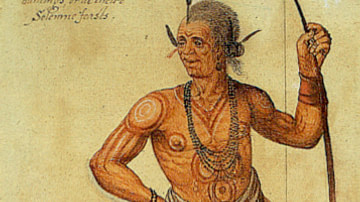
Image
North American Indian Warrior by John White
An illustration by John White (d. 1593 CE) of a North American Indian warrior seen by the first English colonists who attempted to establish a settlement, Roanoke Colony, in 1585 CE (and again in 1587 CE). The colony was located in what is...
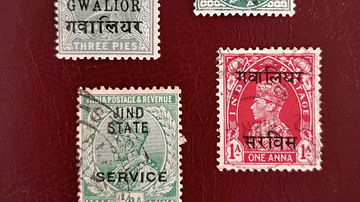
Image
Indian Princely States Postage Stamps
Four examples of British India postage stamps issued with overprints for use in particular Indian princely states. Top left: Queen Victoria, Gwalior, 1904 Top right: Queen Victoria, Patiala, 1895 Bottom left: King George V, Jind State...
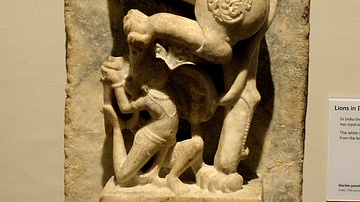
Image
Sculpture of an Indian Lion
In India, the lion is known as the Lord of Beasts and has royal associations. This marble white panel is an architectural figure from the base of an Indian temple. From India, 11th century CE. (National Museum of Scotland, Edinburgh, UK)

Image
French and Indian War Battle Scene
Daniel Day-Lewis, Madeleine Stowe, and Jodhi May in The Last of the Mohicans (1992). Photo by Morgan Creek Productions
The movie is set in 1757 during the French and Indian War.
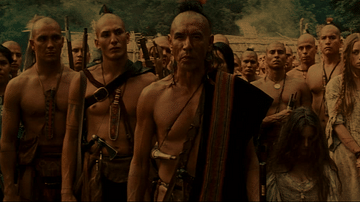
Image
Mohicans During the French and Indian War
Madeleine Stowe, Jodhi May, Wes Studi, and Steven Waddington in The Last of the Mohicans (1992). Image by Morgan Creek Productions.
The movie is set in 1757 during the French and Indian War.
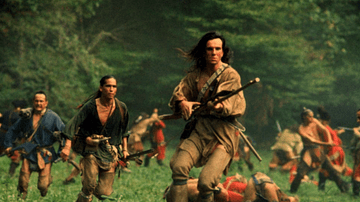
Image
A Battle During the French and Indian War
Daniel Day-Lewis, Russell Means, and Eric Schweig in The Last of the Mohicans (1992). Photo by Morgan Creek Productions.
The movie is set in 1757 during the French and Indian War.

Article
European Discovery & Conquest of the Spice Islands
Clove, nutmeg, and mace are native to only a handful of tiny islands in the middle of the vast Indonesian archipelago – cloves on five Maluku Islands (the Moluccas) about 1250 km (778 mi) west of New Guinea, and nutmeg on the ten Banda Islands...
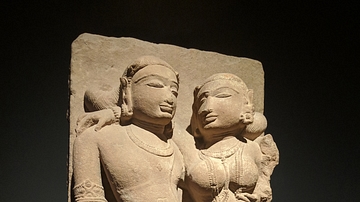
Image
Amorous Indian Couple Relief
Amorous couple from central India, Chandella Dynasty, 11th century CE.
Exhibited at Museum Rietberg, Zurich, Switzerland.
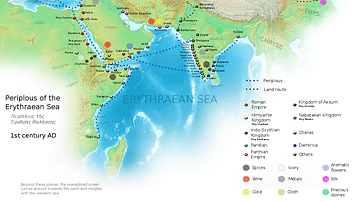
Image
Ancient Indian Maritime Trade Routes
This map is derived from the book Periplus of the Erythraean Sea. It depicts trade routes in the ancient world, ports in the Chera territory and other parts of India and the trade routes connecting them to other parts of the world along with...